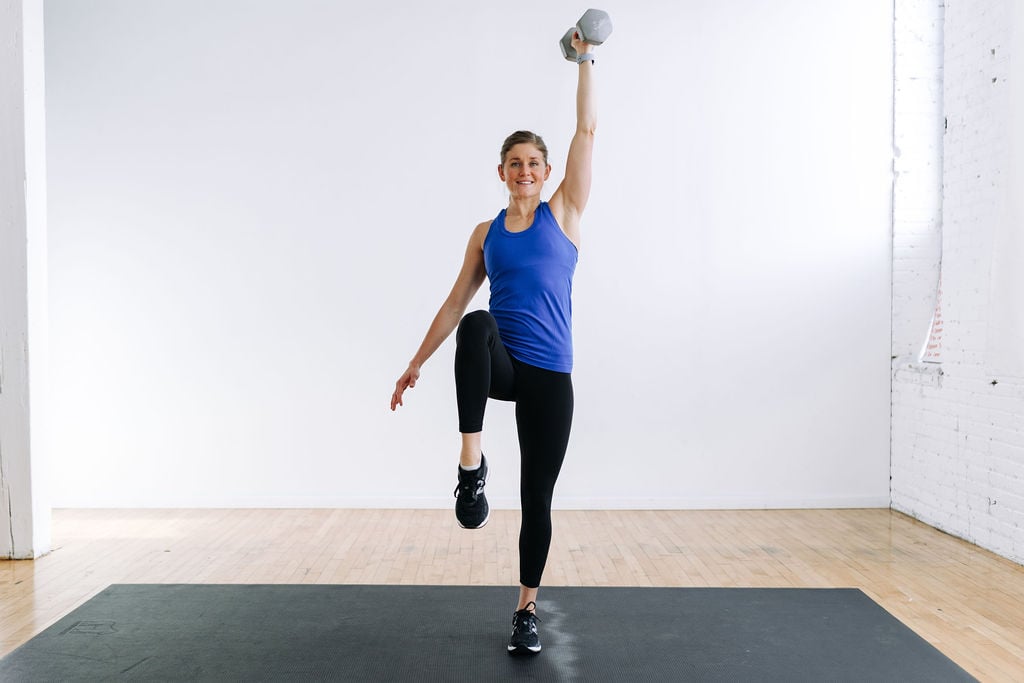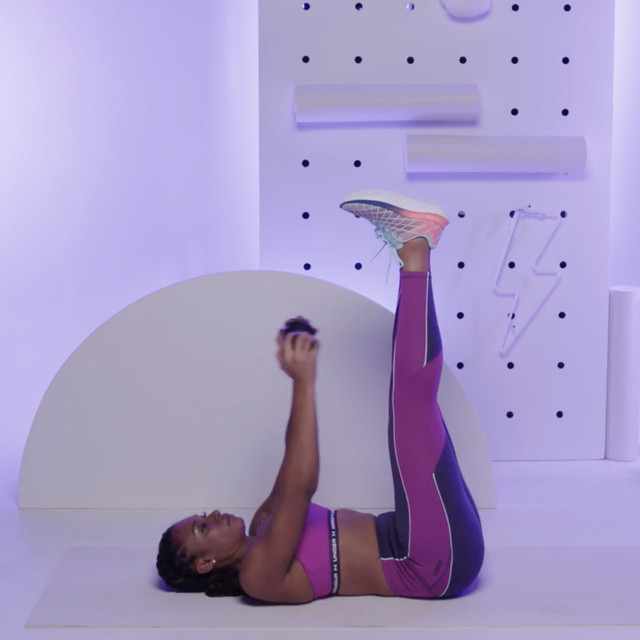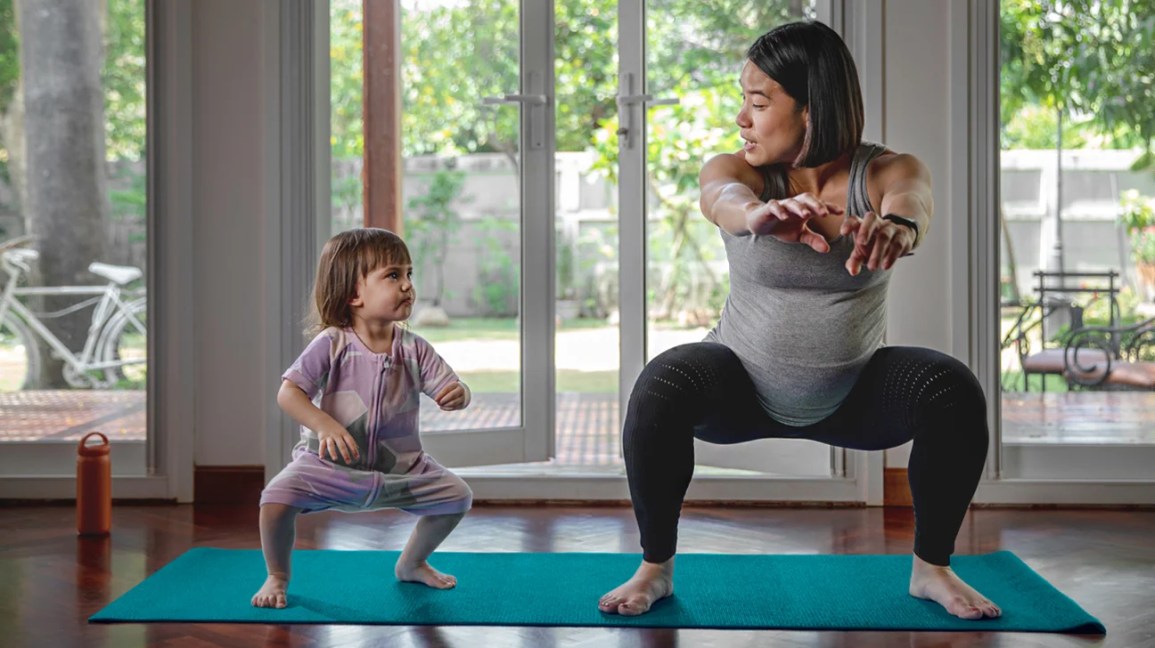Low-impact HIIT workouts offer high-intensity exercise without straining knees or backs. These routines typically involve gentle yet effective movements.
In the realm of fitness, protecting your joints while engaging in effective exercises is a common concern. Low-impact HIIT (High-Intensity Interval Training) workouts have emerged as a popular solution for those seeking to minimize the risk of injury. These exercises are designed to elevate the heart rate and provide an intense workout, minus the high-risk maneuvers that could trigger knee or back pain.
By focusing on controlled movements and exercises that favor the body’s natural alignment, individuals can achieve the desired fitness goals. Whether you’re recovering from an injury or looking to stay active without the wear and tear, low-impact HIIT can be your exercise ally, combining the benefits of high intensity with the assurance of low risk.
Introduction To Low Impact Hiit
Ready to break a sweat without the strain? Welcome to the world of Low Impact HIIT. This fitness trend marries swift intensity with gentle movement. Suitable for those who seek the calorie burn of high octane routines without risking the knees or back. Low Impact HIIT promises an effective workout, minus the discomfort. Let’s explore this workout revolution that’s taking the fitness world by storm.
The Rise Of High-intensity Interval Training (hiit)
High-Intensity Interval Training, or HIIT, stormed the fitness scene with a promise: short, explosive workouts for impressive results. These workouts involve bursts of high-energy exercises followed by short recovery periods. Fitness enthusiasts quickly noticed the benefits — burning fat, building strength, and improving cardio health in less time. But as its popularity grows, so does the realization that HIIT can be tough on the body.
Low Impact Exercise: A Gentler Alternative
Enter Low Impact HIIT, a softer approach to this vigorous training method. Here, the exercises are designed to reduce stress on joints while keeping your heart rate up. The movements avoid the high-flying jumps and heavy weights that can wear on the body. Instead, they introduce modified versions of traditional HIIT exercises. These are crafted to be kind to the knees and back, ensuring consistency in training without the pain.
- Low impact doesn’t mean low intensity.
- Ideal for injury recovery or prevention.
- Focuses on controlled, fluid movements.
Whether you’re a HIIT veteran or just starting, Low Impact HIIT opens doors to stay fit, active, and injury-free. Embrace this approach and join a growing community that doesn’t compromise on health for intensity.

Credit: www.youtube.com
Benefits Of Low Impact Hiit
High-Intensity Interval Training (HIIT) has taken the fitness world by storm. Low impact HIIT brings the intensity without the jump. This means less stress on the knees and back. You get the sweat without the strain. It’s perfect for those mindful of their joint health. Still, low impact HIIT offers significant benefits. We will look closely at those now.
Protecting Your Joints
Working out shouldn’t lead to pain. Low impact HIIT focuses on preventing injury. It’s kind to your joints. By eliminating jumps and rough movements, you’ll avoid unnecessary stress on your knees and back. Stronger joints lead to better workouts. They help keep you active longer without discomfort.
Efficacy For Weight Loss And Cardiovascular Health
Low impact doesn’t mean low effectiveness. Burn calories and boost your heart health. These workouts keep your heart rate up. They help you shed weight at a pace that suits you. Your metabolism increases. The burn lasts beyond your exercise time. You’ll keep feeling the effects all day long.
Adaptability For All Fitness Levels
Whether you’re a beginner or a seasoned pro, low impact HIIT is for you. These workouts scale to your level. You set the pace. You control the intensity. Beginners can start slow. Fitness veterans can push themselves with faster paces and more reps. It’s truly a workout for everyone.
- Easy on the joints
Perfect for individuals with joint concerns. - Calorie burning
Efficient weight loss and cardiovascular benefits. - For every level
Customizable for beginners through experts.
Designing Your Low Impact Hiit Workout
Finding a high-intensity workout that’s gentle on the knees and back can be a relief. Low-impact HIIT workouts offer the benefits without unnecessary strain. Let’s design a workout session that boosts fitness while being kind to your body. Follow these steps for a workout that balances the burn with body care.
Choosing The Right Exercises
Select exercises that raise your heart rate without high impact. Focus on movements that do not require jumping or excessive stress. Good choices include:
- Speed Walking – A brisk pace gets the heart pumping.
- Swimming – Gentle on joints and great for full-body workouts.
- Elliptical Training – Mimics running with less impact.
- Cycling – Indoor or outdoor, it’s easy on the knees.
- Rowing – Engages muscles with minimal joint strain.
Structuring Your Workout Session
Structure is key for an effective HIIT session. Follow this pattern:
| Time | Activity |
|---|---|
| 5 min | Warm-up (e.g., stretching, light walk) |
| 20-30 sec | High-Intensity Exercise (e.g., cycling sprint) |
| 40-60 sec | Low-Intensity Exercise or Rest |
| Repeat | 4-6 cycles |
| 5 min | Cool-down (e.g., slow walk, stretching) |
Repeat the cycle of high and low intensity four to six times. This structure provides a balanced challenge.
Balancing Intensity And Rest
Keep a careful balance between pushing hard and resting. Listen to your body to avoid overdoing it. Your rest period should be long enough to catch your breath but not fully recover. Keep intervals short to prevent strain. Remember, the goal is to keep it sustainable and safe.

Credit: www.nourishmovelove.com
Key Exercises For Low Impact Hiit
High-Intensity Interval Training (HIIT) can be tough on joints. But don’t worry. Here are safe exercises for those with knee or back concerns. They build strength and endurance. Choose low impact moves. Combine them for a full-body routine. Keep your workouts knee and back-friendly.
Upper Body Moves
- Standing Boxing Punches: Strengthen arms and shoulders. Do fast punches with light weights.
- Dumbbell Rows: Work your back and arms. Use a table for support to avoid strain.
- Arm Circles: Shape your shoulders. Go slow, then speed up gradually. No weights needed.
Lower Body Moves That Are Kind To Knees
- Glute Bridges: Lie down. Lift hips. Activate your glutes and hamstrings. Keep knees safe.
- Step-Ups: Use a low bench. Step up and down, one foot at a time. Protects your knees.
- Wall Sits: Slide down a wall. Sit like on a chair. Hold. Strengthens legs, doesn’t bend knees much.
Core Strengthening Without The Strain
- Plank Variations: Place forearms on ground. Keep body straight. Try side planks too.
- Bird Dogs: Kneel and reach. Extend opposite arm and leg. Balance and tone your core.
- Dead Bugs: Lie on your back. Raise arms and legs. Move them like a bug. Works your abs.
Incorporating Low Impact Hiit Into Your Routine
Are you eager to experience the thrill of High-Intensity Interval Training (HIIT) without risking knee or back pain? Low impact HIIT exercises bring the intensity without the blow to your joints. Let’s dive into how to effectively add this workout style into your fitness plan.
Starting With A Beginner’s Plan
Beginner’s plans are essential for a smooth transition into HIIT. Building a foundation minimizes injury risk and prepares the body for more intense activities.
- Focus on frequency: Start with 2-3 sessions per week.
- Duration matters: Keep workouts short, around 15-20 minutes.
- Choose exercises wisely: Opt for joint-friendly moves like swimming or cycling.
- Maintain form: Proper technique prevents strain and maximizes benefits.
Progressing With Variations And Challenges
Once the body adapts, it’s time to add variations and challenges. Variation keeps muscles guessing and enhances results.
- Alter intensity: Gradually increase speed or resistance.
- Switch routines: Try new low impact moves to stay motivated.
- Intervals: Shorten rest periods for a tougher workout.
- Metrics: Use a heart rate monitor to track intensity levels.
Blending Hiit With Other Workout Styles
Mixing different workout styles with HIIT can maximize health benefits and prevent boredom. Combine low impact HIIT with other forms of exercise for a well-rounded regimen.
| Workout Style | Benefits |
|---|---|
| Yoga | Improves flexibility and reduces stress. |
| Pilates | Enhances core strength and stability. |
| Strength Training | Builds muscle and supports joint health. |
| Walking | Boosts cardiovascular health and aids recovery. |
Remember to listen to your body and enjoy the journey towards a healthier, more energized you with low impact HIIT.
Safety And Considerations
Staying active with low-impact HIIT workouts is great for your health. But it’s important to exercise safely. This ensures no harm to your knees or back. Let’s dive into the key safety points to remember.
When To Avoid High-intensity Exercise
Some days, high-intensity workouts may not be best for you. Listen to your body. Times to skip include:
- Recent injury: If you’re healing, let your body rest.
- Fatigue or illness: Don’t push through sickness.
- Severe pain: Sharp pains mean stop and reassess.
Listening To Your Body
Your body knows best. What works for others might not fit you. Watch out for:
- Mild discomfort is normal, but sharp pain is a warning.
- Shortness of breath or dizziness means take a break.
- If it hurts, modify the move or choose another exercise.
Consulting Professionals For Tailored Advice
Getting expert advice is key for a safe workout. Here’s who can help:
| Professional | How They Help |
|---|---|
| Physical Therapist | Personalized exercise plans based on your health history. |
| Fitness Trainer | Adapt exercises to suit your level and goals. |
| Doctor | Advice on workouts that match your medical needs. |

Credit: www.pinterest.com
Frequently Asked Questions On Low Impact Hiit Exercises And Workouts That Won T Hurt Your Knees Or Back
Can A Hiit Workout Be Low Impact?
Yes, a HIIT workout can be low impact. It includes exercises that are gentle on the joints while still raising your heart rate.
How Can I Exercise With Bad Knees And Back?
Consult a healthcare professional before starting any exercise program. Opt for low-impact activities like swimming or cycling. Use knee supports if necessary. Focus on gentle stretching and strengthening exercises. Avoid high-impact movements and heavy lifting.
What Is Low Impact Cardio For Bad Knees?
Low-impact cardio for bad knees includes exercises that minimize stress on the joint. Examples are swimming, cycling, using an elliptical trainer, and aquatic workouts. These activities promote fitness while safeguarding the knees from high-stress impact.
What Cardio Doesn’t Put Pressure On Knees?
Swimming, cycling, and using an elliptical trainer are cardio exercises that minimize knee pressure. These activities offer a low-impact workout, ideal for protecting knee joints.
Conclusion
Embracing low-impact HIIT workouts can transform your fitness journey while keeping joint pain at bay. These exercises protect knees and backs, empowering you to stay active and healthy. Reap the benefits of high-intensity training without the strain. Commit to these routines and feel the difference—stronger, safer, and full of vitality.


